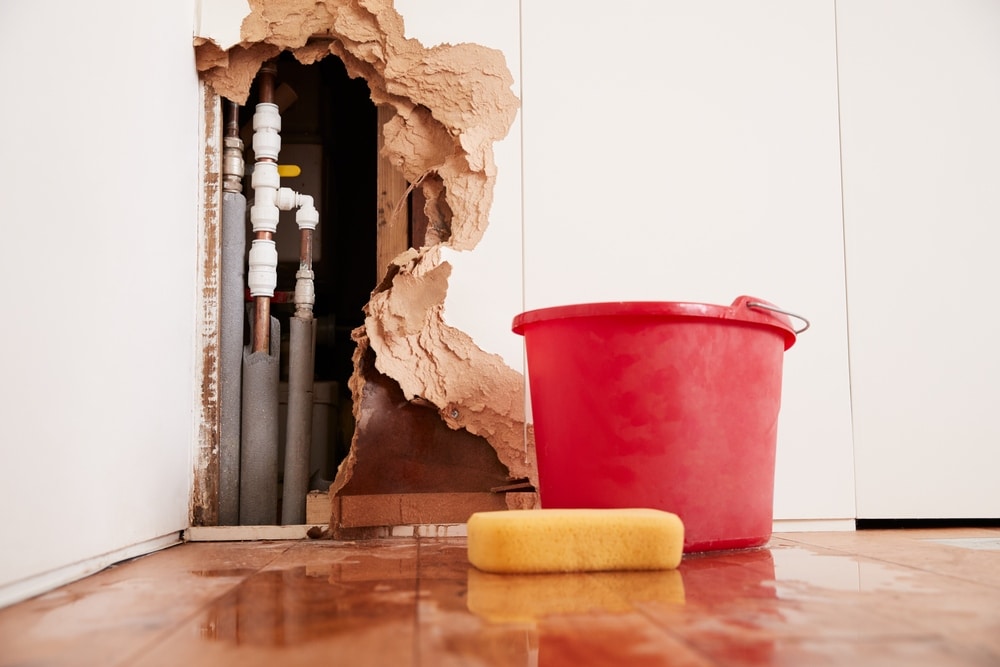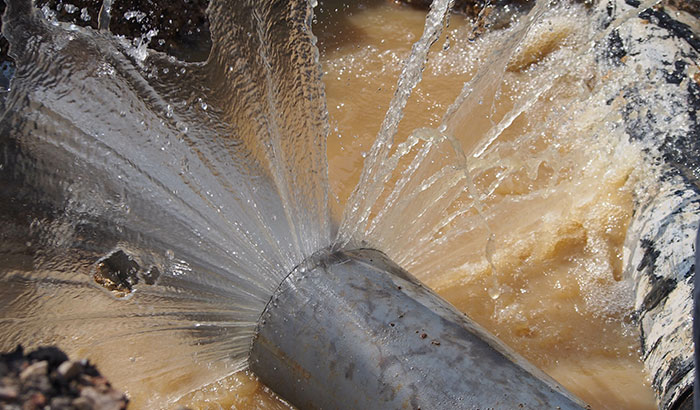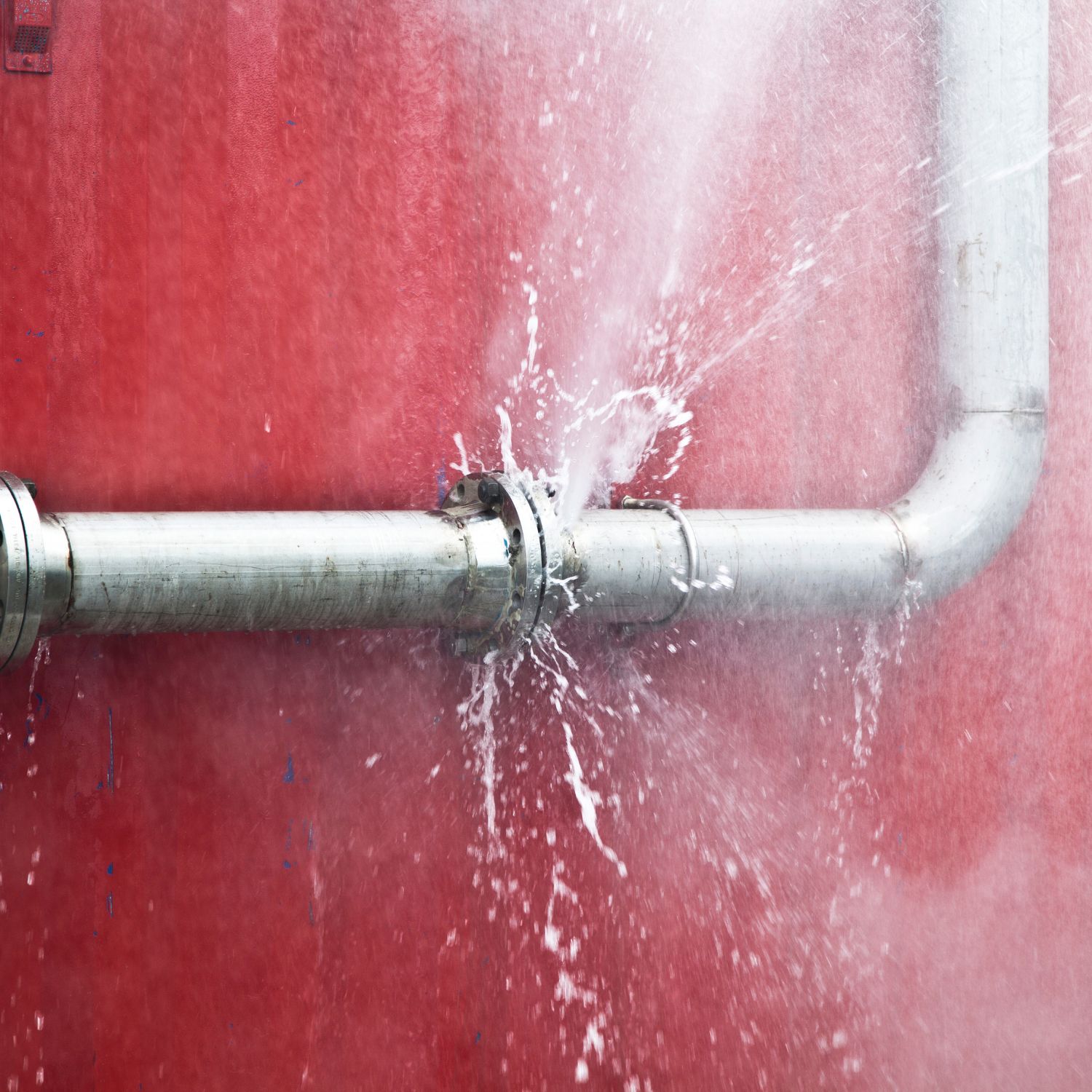How to Handle a Burst Pipe: Essential Steps for Immediate Action
How to Handle a Burst Pipe: Essential Steps for Immediate Action
Blog Article
Stopping Burst Pipeline: Necessary Tips to Protect Your Pipes
Preventing ruptured pipelines is an important issue for homeowners, particularly throughout chillier months when the danger of freezing is increased. Executing critical procedures such as appropriate insulation, regular examinations, and maintaining constant indoor temperature levels can substantially lower the likelihood of pipe failure.
Understand Pipe Vulnerabilities
Understanding pipe susceptabilities is necessary for efficient plumbing upkeep and avoiding costly damage. Numerous elements add to the sensitivity of pipes to ruptureds, consisting of product composition, age, and ecological problems. Older pipes, especially those made from galvanized steel or polybutylene, usually break down over time, leading to raised risk of leakages and ruptures.
Temperature variations can likewise substantially influence pipe honesty. In chillier climates, water caught in pipes can freeze, putting in and expanding stress on the pipeline walls, which might eventually cause a burst. High water pressure can strain pipelines, particularly at joints and bends, heightening the likelihood of failure.

Insulate Piping Effectively
Proper insulation of pipes is crucial for protecting against freezing and subsequent ruptureds during winter (burst pipe). Protecting your pipes system successfully safeguards against temperature drops that can result in pricey damages. Begin by identifying vulnerable areas where pipes are subjected to outside temperatures, such as basements, attic rooms, and outside walls
Usage foam pipe insulation sleeves or cover insulation tape around these areas to offer a protective barrier. Make sure that all sections of the pipes, specifically those with minimal warmth direct exposure, receive sufficient insulation. Pay unique interest to fittings and joints, as these are extra at risk to cold.
When protecting, it's necessary to choose materials that satisfy local building codes and are proper for the certain environment. Fiberglass insulation is usually advised for its thermal resistance homes. Additionally, take into consideration making use of warm cable televisions or tape in extreme conditions, which can be connected in to provide supplemental warm
On a regular basis examine protected pipes for any kind of indications of wear or damages, as endangered insulation can lessen its efficiency. By taking these aggressive steps, you significantly decrease the risk of pipe bursts, ensuring a dependable plumbing system throughout the cold weather.
Maintain Regular Temperature Level
A stable interior temperature is essential for protecting against ruptured pipes throughout the frigid months. When temperature levels decrease, water within pipes can freeze, broadening and developing stress that might inevitably trigger the pipes to ruptured.Utilizing a programmable thermostat can help take care of indoor temperatures properly, making certain that areas with plumbing continue to be warm also when the home is unoccupied.
Additionally, it is sensible to permit taps to drip a little during extreme cold snaps. This small circulation of water can avoid cold by relieving stress within the pipelines. During especially extreme climate occasions, consider briefly putting on hold any nighttime problems on your visit this web-site thermostat to maintain a consistent cozy environment. By carrying out these techniques, property owners can dramatically decrease the danger of pipeline bursts and guard their plumbing systems against the severe winter season components.
Frequently Check Pipes
Normal examinations of plumbing systems are crucial for avoiding ruptured pipelines and keeping general home stability. Regular checks allow house owners to identify possible concerns before they escalate right into costly repairs or significant water damages. During these examinations, it is important to take a look at noticeable pipelines for signs of deterioration, leaks, or put on. Pay unique interest to locations prone to cold, such as cellars, attics, and exterior walls.
In addition, checking links and joints is essential, as these factors are often susceptible to leaks. Homeowners need to likewise assess water pressure levels, as too much pressure can stress the plumbing system and boost the threat of pipeline ruptureds.
Take into consideration scheduling expert pipes examinations at least once a year, particularly before wintertime, to ensure your system is prepared for cooler temperature levels. By being proactive in your technique, you can safeguard your home against the pricey and disruptive consequences of burst pipes.
Know Emergency Procedures
Recognizing emergency situation procedures is important for every property owner, especially after performing routine pipes inspections. Being prepared for a plumbing emergency situation can substantially alleviate damage and save costs.
Following, maintain vital tools convenient. A pipes emergency kit need to include a wrench, bettor, and towels, along with a flashlight and a container for little leakages. Furthermore, consider having the contact details for a trusted plumbing readily offered, must the situation rise beyond your control.
If you find a leakage or burst pipeline, instantly turn off the water system and alert your plumbing. Moreover, document the damages with pictures for insurance functions. burst pipe. Know the indicators of potential pipes issues, such as uncommon water pressure changes or damp places on wall surfaces
Ultimately, positive expertise and swift activity are critical in handling pipes emergency situations, ensuring your home remains safeguarded and lessening possible damages.

Verdict
To conclude, stopping burst pipelines necessitates a multifaceted approach that includes understanding pipe susceptabilities, correct insulation, preserving consistent interior temperatures, routine assessments, and understanding of emergency situation treatments. By executing these vital methods, the danger of pipes failures can be significantly decreased, thus ensuring the long life and efficiency of the pipes system. Aggressive actions not only guard against this post possible damage but also add to total water conservation and the defense of home.
In colder environments, water check out this site trapped in pipes can ice up, increasing and putting in pressure on the pipeline wall surfaces, which may inevitably lead to a burst. When temperature levels decline, water within pipes can ice up, producing and expanding stress that may eventually create the pipes to ruptured. By carrying out these strategies, house owners can significantly minimize the threat of pipe bursts and secure their pipes systems versus the harsh winter aspects.

Report this page